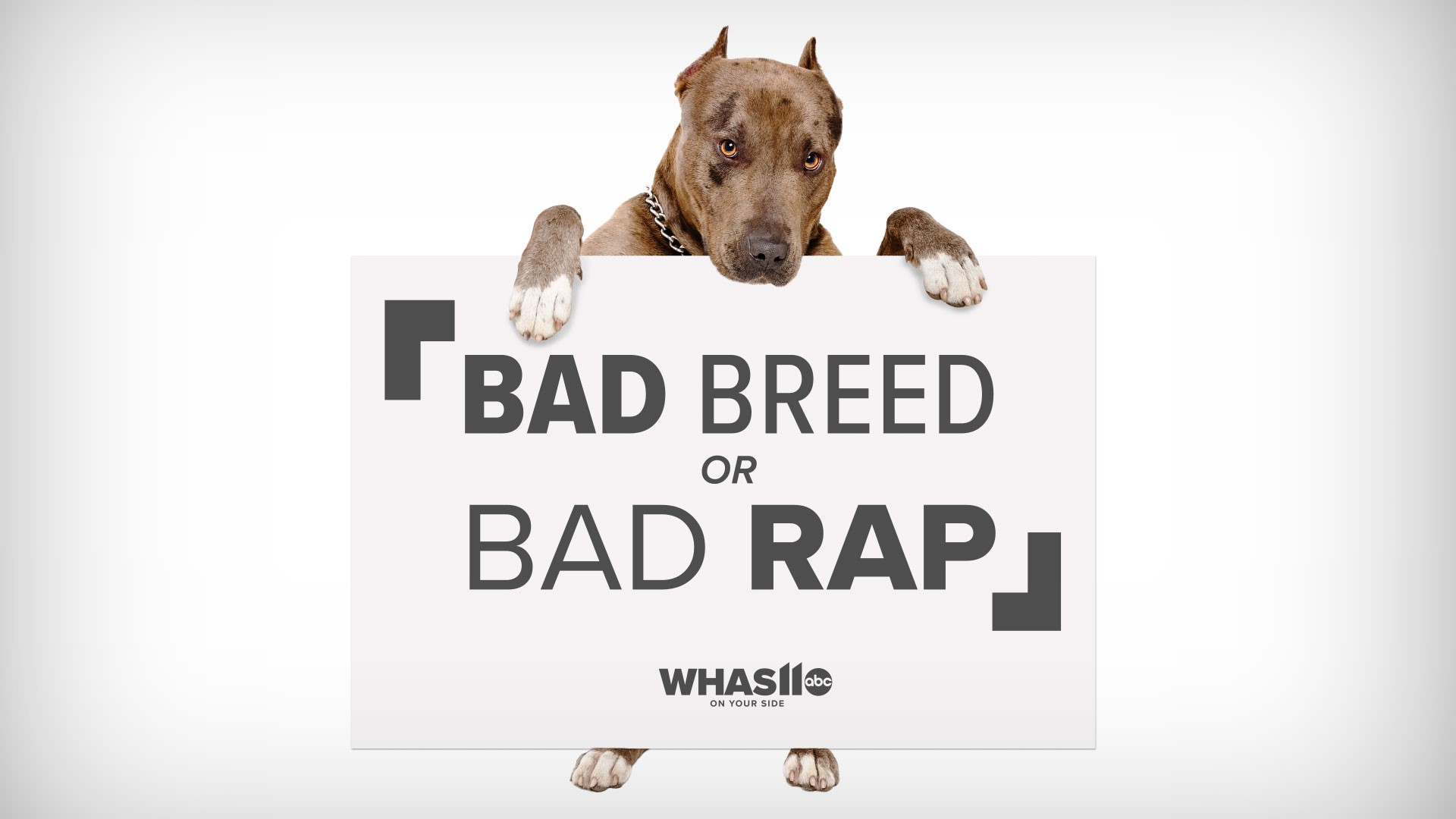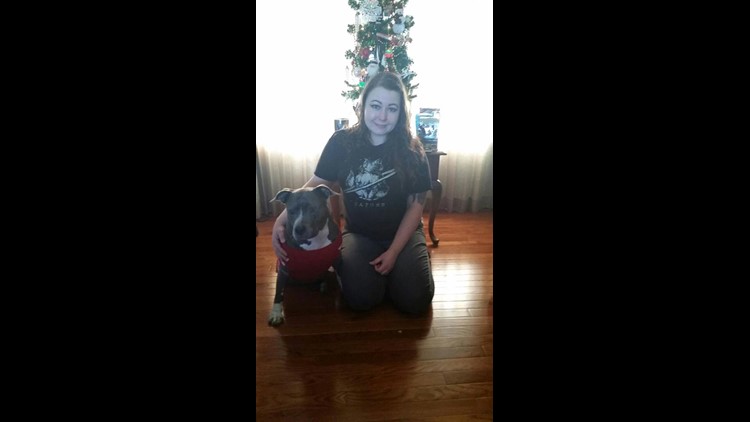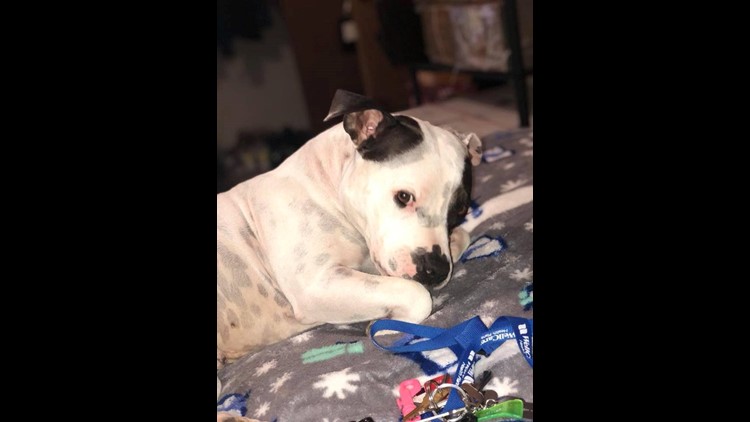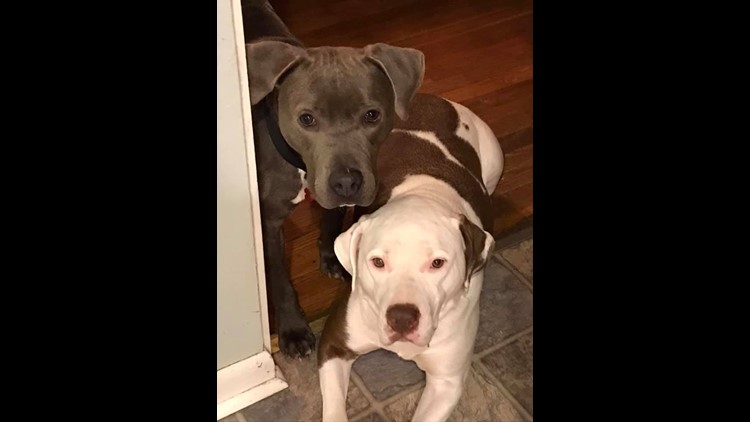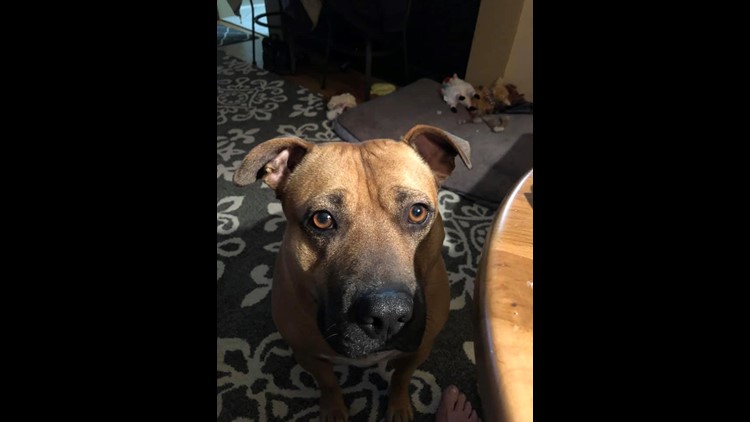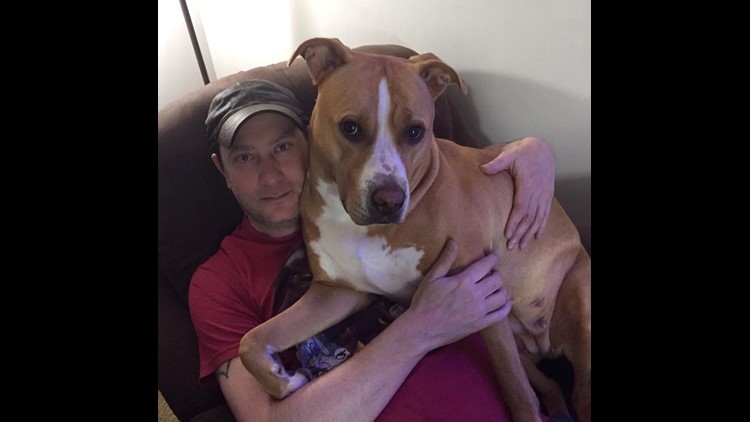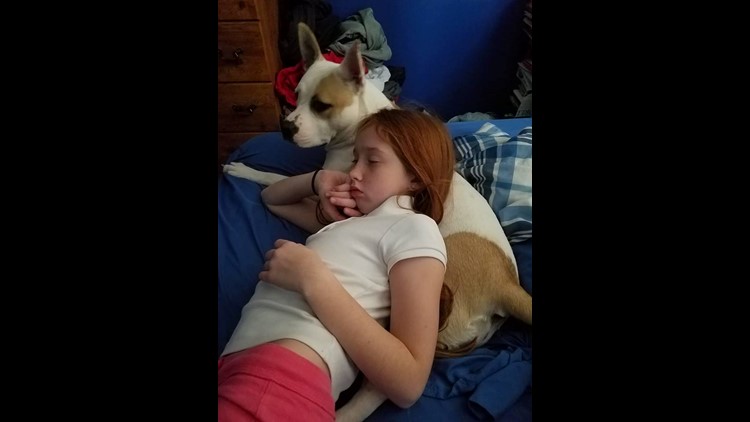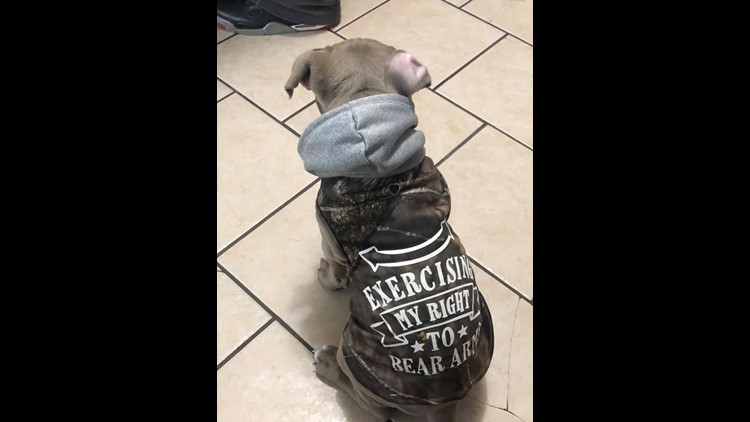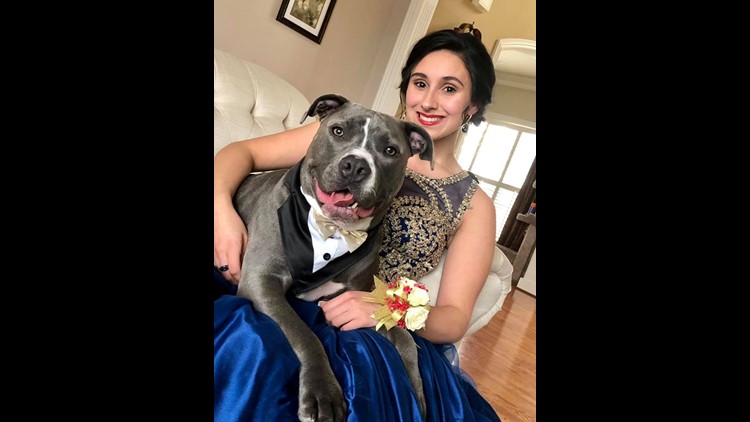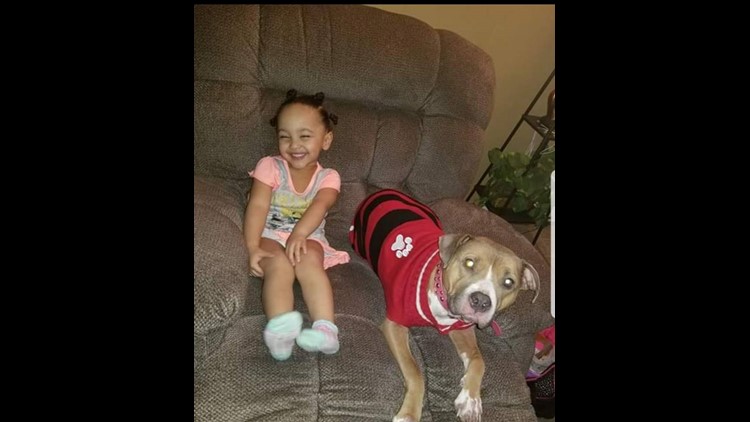LOUISVILLE, Ky. (WHAS11) – For some people, dogs are just dogs.
If you’re an animal lover like Christine and David, their dogs are like children.
“We have a 7-year-old and an 8-year-old and three puppies – 2, 1 and 10-months old. We pretty much eat, sleep and breathe dogs. That is pretty much our life,” Christine said.
When you have five dogs, what’s one more, right?
“I would have never looked at Lolly. You saw what our other dogs look like. She’s not the kind of dog I would have gone in and thought about,” she said.
Christine Natale and David Collins are volunteer foster parents through Louisville Metro Animal Services.
VIDEO: Overpopulation of pit bulls at LMAS
They began their opportunity by participating in the foster field trip program – a program started in 2017, designed to allow potential owners take long-stays at the shelter on special trips to help bring down their stress level and improve their overall behavioral health. It also promotes the adoption program at the shelter.
“I just couldn’t take her back to the shelter that day,” she said.
Most strays are adopted within 10 to 15 days but Lolly has been waiting for a home for six months.
QUIZ: See how much you really know about pit bulls at the bottom of our story
WHAS11 viewers show off their pit bulls
“You can tell that she’s going through some stuff. Her ears are missing, and she’s got some scars – but it doesn’t matter,” Christine said. “I think that scares people. They come in as strays, so you can’t really say. Was this a fighting dog? I don’t know. It could have been a fighting dog that they just let go. So you really don’t know their history,” she said.
Even after pup cups, playtime and kisses, Christine still felt a familiar sense of fear with Lolly.
“I don’t like to admit it but when I got her home and she was with my 16-pound Boston terrier, there was – I felt that. And I caught myself and I was like she’s just like any other dog. There is no reason to feel that,” she said.
Taking in the breed no one wants
Ozzy Gibson is the director of Louisville Metro Animal Services where 80 percent of the dogs taken in are what most people recognize as pit bulls. This breed is the most people don’t want.
“There is really no such thing as a stray dog. They are all abandoned. All of them are abandoned. Everything back there had an owner at some time,” he said.
With that high number of pit bull mixes at the shelter, it could also mean they face the highest rate of euthanasia.
“Since pit bulls are the biggest, largest breeds we pick up, it does appear mathematically they could end up being the highest percentage of the euthanasia,” he said.
Despite the overpopulation, the shelter received a no-kill status for time and space for time for the last two years. Many of the animals at the shelter were either adopted or returned to their owners.


Gibson is credited with that turnaround when he joined Metro Animals Services in 2016.
Pit bulls are often in the headlines, sometimes at the center of violent attacks and those who are bred to fight.
Many believe pit bull attacks are more vicious, deadlier and more dangerous.
“There is no doubt that there is people that want to say that a pit bull is going to do the most damage but since that stereotype is out there when you folks in the media hear there is a bad pit bull bite, everybody flocks to it,” Gibson said. “I can show you vicious bites that you are not even aware of that somebody surrendered to us and it’s not a pit bull.”
In 2018, 838 dog bites were reported to the Department of Public Health and Wellness. Of those 838, 537 of them were categorized by a specific breed.
- 22 – Chihuahuas
- 26 – Beagles
- 32 – Labrador Retrievers
- 65 – German Shepherds
There were 188 by pit bulls – more than three times any other specific breed, only outnumbered by the 251 bites where no breed was listed.
“You can’t get in an animal’s mind to know why it is biting. It may think it is protecting somebody, but I have seen some vicious bites. I saw a Chihuahua almost tear a lady’s finger off,” Gibson said.

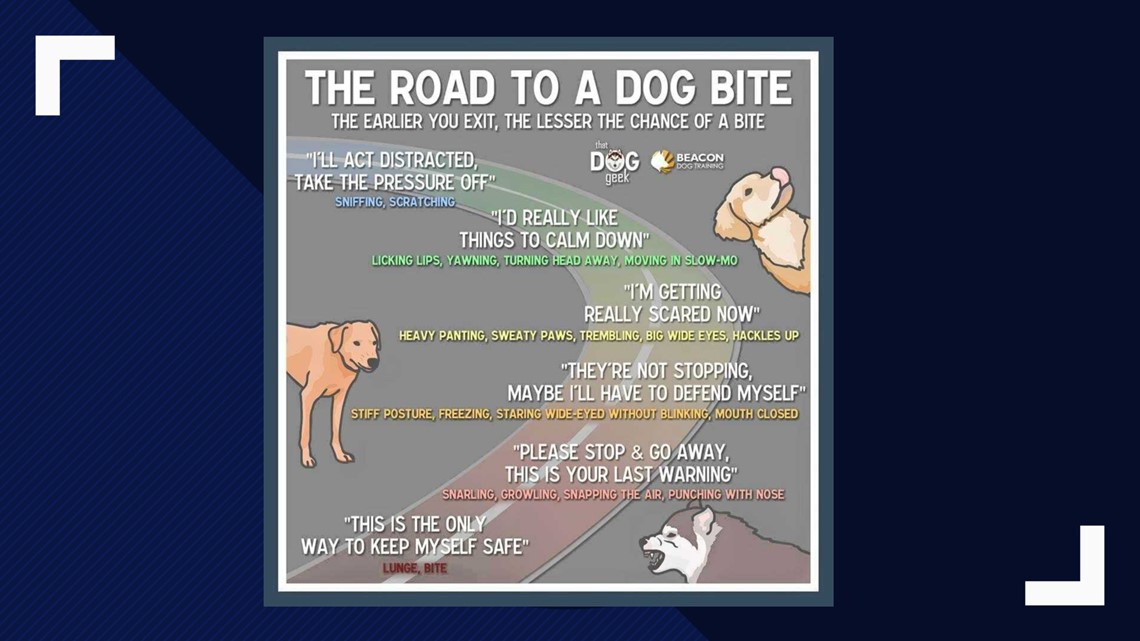
Do the numbers tell the story? Not exactly.
According to the American Kennel Club (AKC), the breed “pit bull” doesn’t exist.
It’s a generic term to describe a group of dogs with similar characteristics like “terrier” or “hound” and can include breeds like the American Pit Bull Terrier, American Staffordshire Terrier, American Bully, Staffordshire Bull Terrier and even the American Bulldog.
Without a DNA test and if a dog has specific traits, it’s usually labeled as a “pit bull."
Taking in the strays that get a bad rap
Metro Animal Services tracks where every stray is picked up.
In Louisville, most of the pit bull mixes come from zip codes 40210, 40211 and 40212 on the city’s west side and 40215 in South Louisville.
“When you start zeroing in on the map, it tells us where we need to start doing some work,” Gibson said.

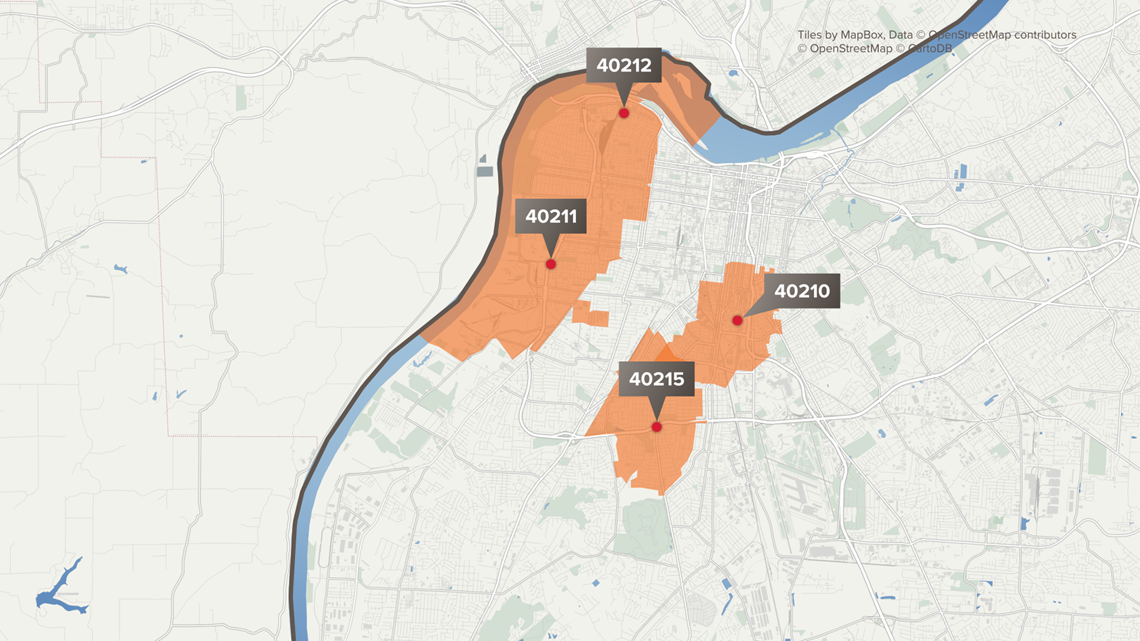
Pit bull mixes coming into the animal shelter are not spayed or neutered and like Lollie, they’re bred repeatedly so their puppies can be sold for several hundred dollars. It then creates an overpopulation of pit bulls.
Gibson believes overbreeding and owners not taking care of their animals contribute to the problem.
The pit bull reputation creates even more obstacles. Rental properties, homeowners insurance policies and even some homeowners associations say “no” when they see the face or even the word “pit bull.”
“I think when you start infringing on people’s rights of telling me what kind of dog I can have, I think that is a little far-reaching,” Gibson said. “I haven’t seen anything that should restrict somebody from having a pit bull.”
Neither has Chelsea Yonders.
Yonders has volunteered for two years at Metro Animal Services and has seen time and time again pups like Pepperoni Pizza staying for months instead of days at the shelter.


“Pepperoni, he is a very sweet and lovable boy. He’s my favorite. We get him out, I’ll take him on field trips. I’ll take him to get coffee or a pup cup and stuff like that and he loves to sit in my lap while I drive. He is a lap dog,” she said.
She wishes the public would view pit bulls as just dogs and not to be so judgmental when it comes to them.
Christine adds, “It’s just that presumption that they are dangerous. Any dog can be dangerous honestly if you don’t care for them right.”
Christine has shared a home with Lolly for three months now as her foster mom. It’s the word, not the so-called breed that’s dangerous.

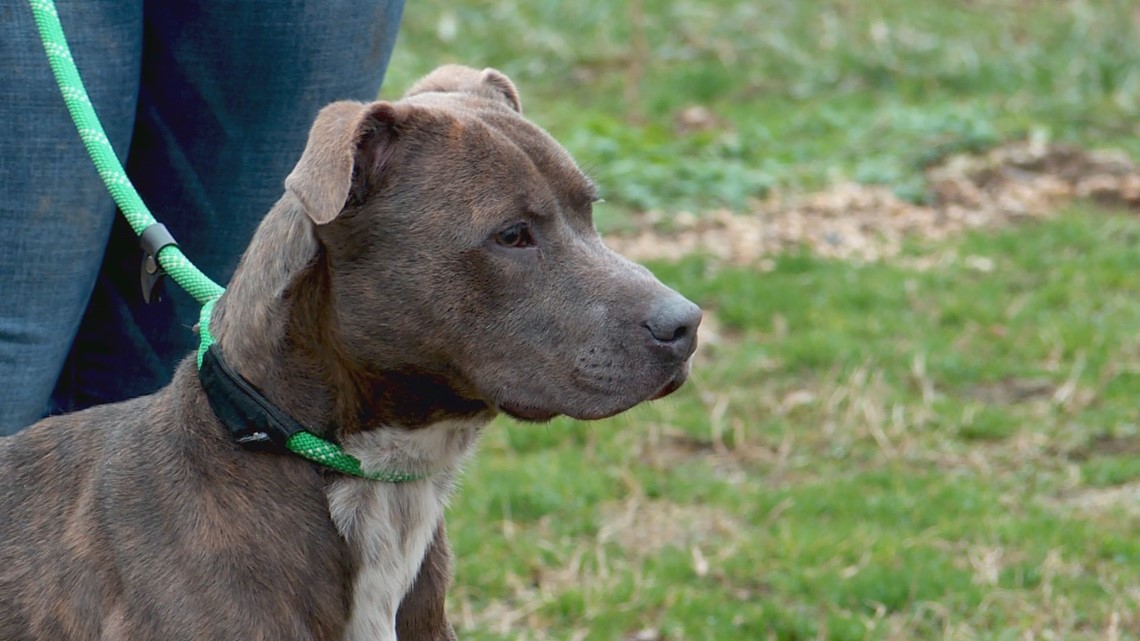
“It’s almost that word that we’ve taken and skewed into all these dogs. If it’s a bully breed it’s a bad dog and it just doesn’t make sense,” she said.
One week after our shoot, Pepperoni attacked another dog at the shelter.
During his six months at Metro Animal Services, volunteers have tried to fight what they call shelter deterioration. That includes increased anxiety, aggression out of fear and territorial dominance.
The longer the dog stays in a shelter – the bleaker it’s future.
To learn more about Metro Animal Service's Long-Stay Champions program, click here.
QUIZ: HOW MUCH DO YOU KNOW ABOUT PIT BULLS?
►Contact reporter Lisa Hutson at lhutson@whas11.com. Follow her on Twitter (@WHAS11Lisa) and Facebook.
Quiz source: https://www.caninejournal.com/pit-bull-facts/

